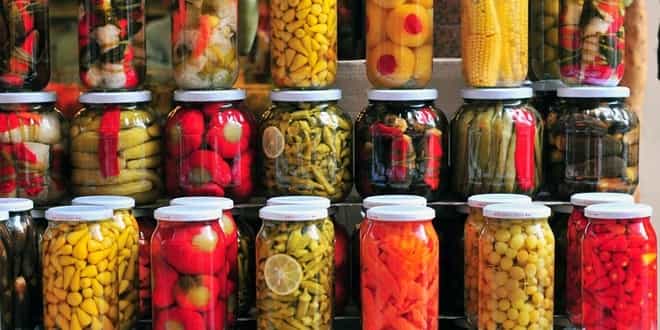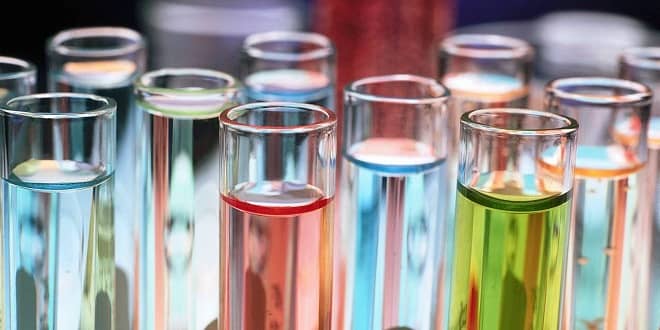Experiment: Soap Making ( Saponification )
EXPERIMENT : SOAP MAKING (SAPONIFICATION)
In this experiment we prepare soap from animal fat (lard) or vegetable oil. Animal fats and vegetable oils are esters of carboxylic acids; they have a high molecular weight and contain the alcohol, glycerol. Chemically, these fats and oils are called triglycerides (See chapter 27.3 of Bruice). The principal acids in animal fats and vegetable oils can be prepared from the natural triglycerides by alkaline hydrolysis (saponification). You may also choose to add a scent to your soap by adding an essential oil. You can purchase the scent you want to add or isolate it from the natural source using a process of steam distillation (see ‘Natural Product Isolation’ procedure at the end of this lab)
The natural acids are rarely of a single type in any given fat or oil. In fact, a single triglyceride molecule in a fat may contain three different acid residues (R1COOH, R2COOH, R3COOH), and not every triglyceride in the substance will be identical. Each fat or oil, however, has a characteristic statistical distribution of the various types of acids possible—See chapter 26.3, pg 1121 of Bruice for some examples. The fats and oils that are most common in soap preparations are lard and tallow from animal sources, and coconut, palm, and olive oils from vegetable sources. The length of hydrocarbon chain and the number of double bonds in the carboxylic acid portion of the fat or oil determine the properties of the resulting soap. For example, a salt of a saturated long-chain acid makes a harder, more insoluble soap. Chain length also affects solubility. Tallow is the principal fatty material used in making soap. The solid fats of cattle are melted with steam, and the tallow layer formed at the top is removed. Soapmakers usually blend tallow with coconut oil and saponify this mixture. The resulting soap contains mainly the salts of palmitic, stearic, and oleic acids from the tallow, and the salts of lauric and myristic acids from the coconut oil. The coconut oil is added to produce a softer, more soluble soap. Lard (from hogs) differs from tallow (from cattle or sheep) in that lard contains more oleic acid.
Pure coconut oil yields a soap that is very soluble in water. The soap contains essentially the salt of lauric acid with some myristic acid. It is so soft (soluble) that it will lather even in seawater. Palm oil contains mainly two acids, palmitic acid and oleic acid, in about equal amounts. Saponification of this oil yields a soap that is an important constituent of toilet soaps. Olive oil contains mainly oleic acid. It is used to prepare Castile soap, named after the region in Spain in which it was first made. Toilet soaps generally have been carefully washed free of any alkali remaining from the saponification. As much glycerol as possible is usually left in the soap, and perfumes and medicinal agents are sometimes added. Floating soaps are produced by blowing air into the soap
as it solidifies. Soft soaps are made by using potassium hydroxide, yielding potassium salts rather than the sodium salts of the acids. They are used in shaving cream and liquid soaps. Scouring soaps have abrasives added, such as fine sand or pumice.
…




